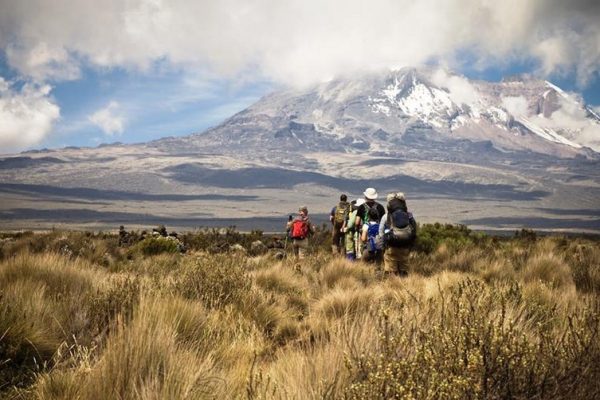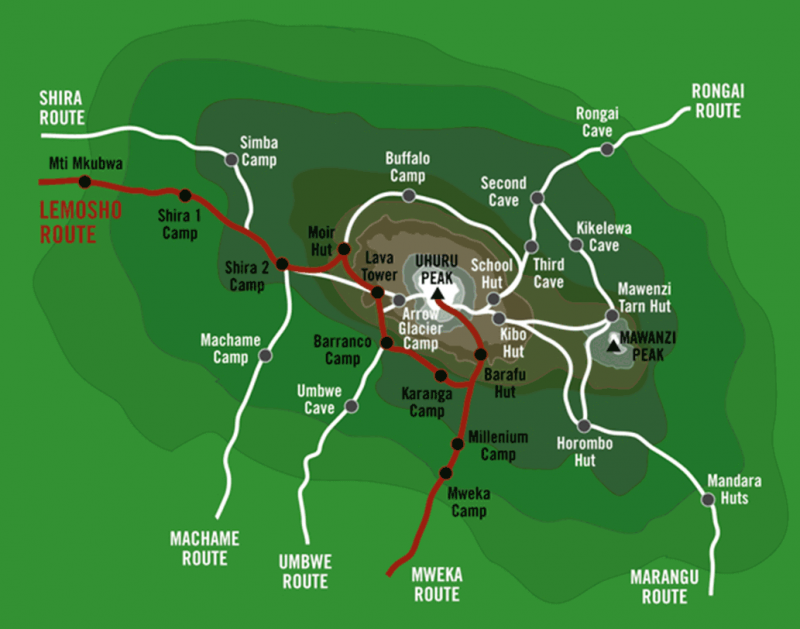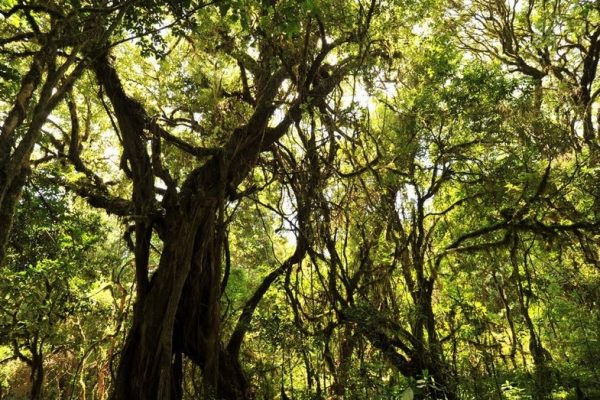Mt. Kilimanjaro
Overview
Mount Kilimanjaro is located in Tanzania, Africa. The highest free-standing mountain in the world and one of the seven summits prized by climbers. It stands 19,341 feet tall (5,895 meters), and has 3 volcanic cones as peaks: Kibo, Mawenzi, and Shira.
Kibo is the highest peak followed by Mawenzi at 16,983 feet (5,149 meters) and then Shira at 13,000 feet (3,962 meters). Both Mawenzi and Shira are extinct volcanoes. Kibo is dormant (meaning it could erupt again), but the last major eruption took place between 150,000 and 200,000 years ago.
Summary
Tick off your bucket list with these
Tanzanian experiences
Immerse yourself in the culture, exploring local cuisines, wandering the markets, learning a new language or snorkelling in the depths of the Indian Ocean - all whilst being surrounded by untouched nature and pristine sandy beaches.
Safari book nowAttractions

Maps
Maps




